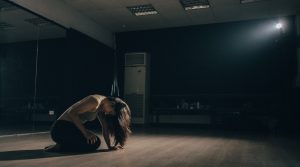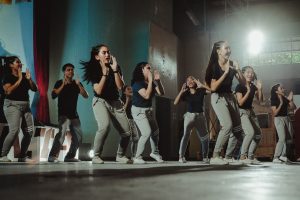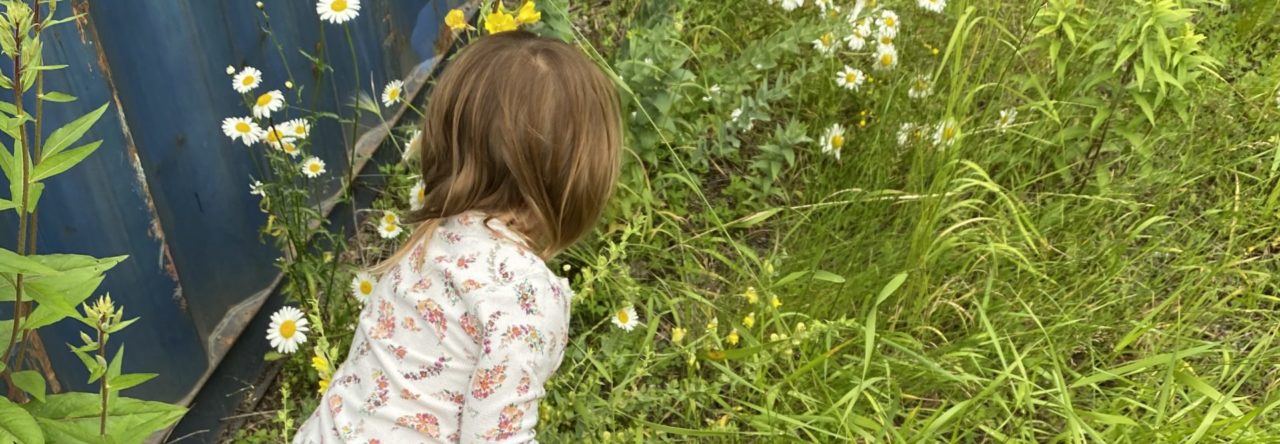 According to the Oxford definition of Choreography, the term refers to “the sequence of steps and movements in dance or figure skating, especially in a ballet or other staged dance”.These sequences can be brought and rearranged using a number of styles or steps, patterns, spacings, and dynamics. The way that these phrases or sequences are put together and the process in which a choreographer does this can vary from person to person and artist to artist. The way a choreographer choreographs also may depend on the pupils they are working with. Factors such as age, skill level, and experience can affect the steps a choreographer takes to complete a piece as well as the patterns, steps, and dynamics they choose to use.
According to the Oxford definition of Choreography, the term refers to “the sequence of steps and movements in dance or figure skating, especially in a ballet or other staged dance”.These sequences can be brought and rearranged using a number of styles or steps, patterns, spacings, and dynamics. The way that these phrases or sequences are put together and the process in which a choreographer does this can vary from person to person and artist to artist. The way a choreographer choreographs also may depend on the pupils they are working with. Factors such as age, skill level, and experience can affect the steps a choreographer takes to complete a piece as well as the patterns, steps, and dynamics they choose to use.
I have seen multiple different approaches to choreography throughout my dance career.
Some of these approaches include:
- Bringing in a piece of music and a style idea and making up patterns and phrases on the spot
- Starting outside of class with a piece of music, a style idea, and a series of phrases put together beforehand and ready to teach.
- Starting with an inspiration and taking the time to find music to match outside of class and slowly building the general idea as they work through the piece.
- Basing the entire piece on an inspiration and include visual arts and music to engage the students in the feeling being strived for.
- Using the students and their improvisation skills to help the process of developing phrases and storylines.
- Working with a partner or a group to complete a piece.
 When it comes to choreography, there is no proper way to create a new piece and no distinct approach that you can follow. Most choreographers take some aspects of one approach and some from another and use what works best for them. One of my peers recently created a group piece where he combined the aspects of multiple choreographic approaches. For example, he would spend six to eight hours during a day working with the music, editing it together, and coming up with very intricate phrases to go along with it. He would then write them down in note form and have them ready to teach when he got into the studio. However, sometimes he would find that what he previously came up with didn’t work for the dancers he was working with and he would move forward by working with them and creating something new on the spot that would work better.
When it comes to choreography, there is no proper way to create a new piece and no distinct approach that you can follow. Most choreographers take some aspects of one approach and some from another and use what works best for them. One of my peers recently created a group piece where he combined the aspects of multiple choreographic approaches. For example, he would spend six to eight hours during a day working with the music, editing it together, and coming up with very intricate phrases to go along with it. He would then write them down in note form and have them ready to teach when he got into the studio. However, sometimes he would find that what he previously came up with didn’t work for the dancers he was working with and he would move forward by working with them and creating something new on the spot that would work better.
I also used a mix of choreographic approaches to complete my most recent group piece. I came into the studio with a piece of music and an idea of what I wanted to do acting and style-wise. However, I didn’t have any choreography ready to go. I chose to ask the dancers to help me create different phrases and steps that we could put in the dance later on. I also decided to make up choreography on the spot as well as bring in a couple of pre-choreographed phrases to put the piece together. I will be expanding on my process choice later on in my inquiry.
Here is a video showing how multiple choreographers of different genres came together to work collaboratively on a peice while each using their own choreographic style to create a large creative dance and teach it across studios.
Photo #1: Photo by Ilja Tulit on Unsplash
Photo #2: Photo by Chris Yang on Unsplash
Photo #3: Photo by Rainier Ridao on Unsplash

Leave a Reply
You must be logged in to post a comment.